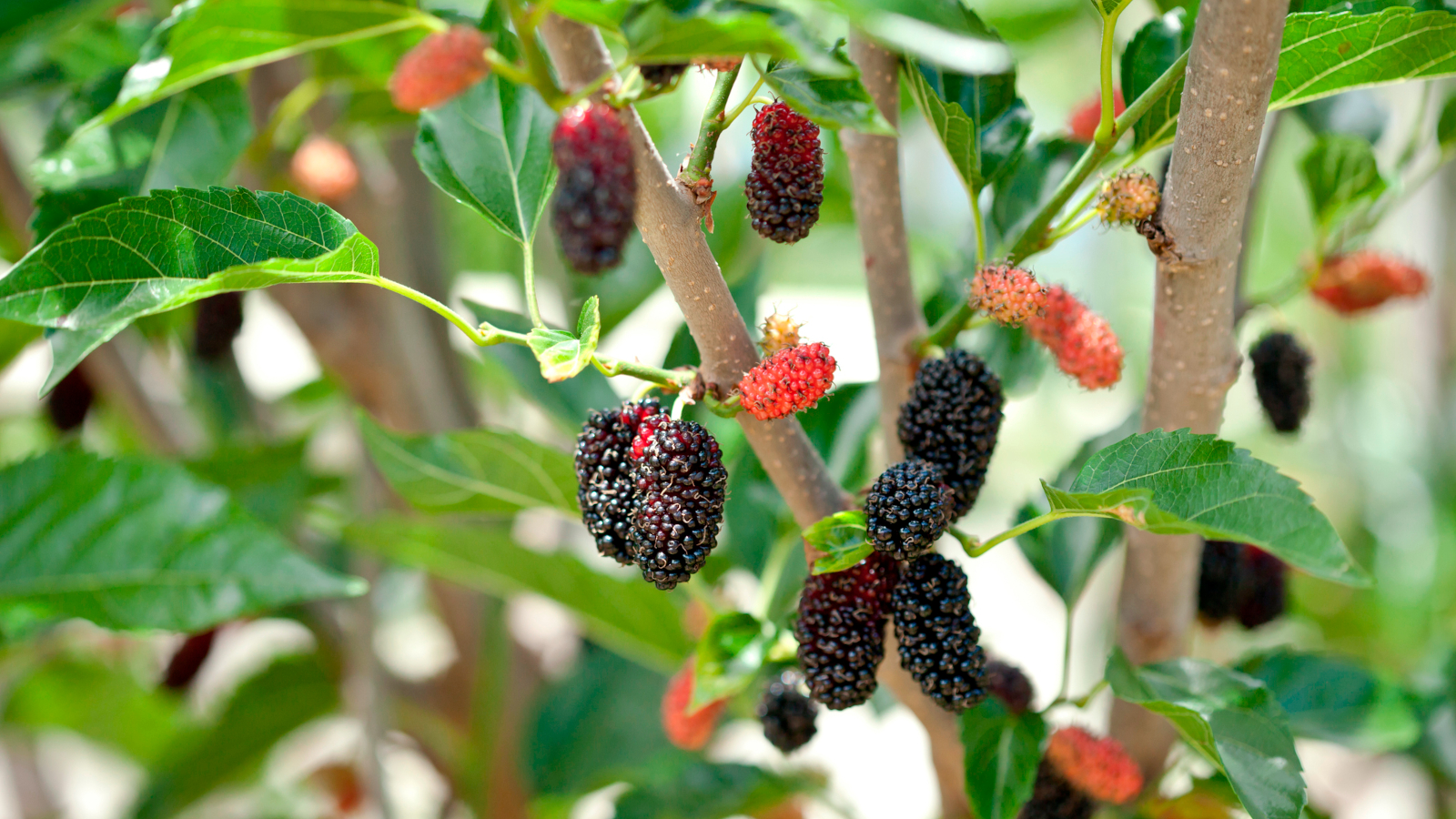Introduction: Mulberry trees (genus Morus) have been cultivated for centuries for their delicious fruits, leaves (used as food for silkworms), and ornamental value. Established in 1971, Mulberry has carved a niche for itself as a symbol of timeless elegance, combining impeccable craftsmanship, innovative design, and a deep appreciation for heritage. Mulberries are versatile and rewarding trees to grow, offering a plethora of benefits from delicious fruits to ornamental beauty. Whether you’re a seasoned gardener or a beginner with a green thumb, this blog post serves as your ultimate guide to mastering the art of mulberry cultivation. From selecting the right variety to nurturing your trees, we’ll walk you through each step of the journey.
Choosing the Right Mulberry Variety:
White Mulberries (Morus alba): Known for their sweet flavor and subtle tartness, these are the most popular mulberries for cultivation. They come in different varieties, including ‘Morus alba Pendula,’ an ornamental weeping variety.
Red Mulberries (Morus rubra): Red mulberries offer a slightly tangier taste and are often grown for fresh eating or culinary purposes.
Black Mulberries (Morus nigra): Black mulberries are known for their rich, complex flavor and are considered a delicacy. They thrive in warm climates.

Selecting the Ideal Growing Location:
Sunlight: Mulberries thrive in full sun, receiving at least 6-8 hours of sunlight daily. However, they can tolerate partial shade.
Soil: Well-draining soil is crucial. Mulberries can adapt to a range of soil types, but they prefer slightly acidic to neutral soils.
Planting Mulberry Trees:
Timing: Plant young mulberry trees in the early spring, after the last frost, or in the fall before the first frost. This gives them time to establish their roots before extreme temperatures.
Spacing: Depending on the variety, space your trees 15 to 20 feet apart. This ensures adequate airflow and room for growth.
Planting: Gently place the tree in the hole, ensuring that the top of the root ball is level with the soil surface. Fill the hole with soil, tamp it down gently, and water thoroughly.
Nurturing and Caring for Mulberry Trees:
Watering: Young mulberry trees need regular watering to establish their roots. Water deeply and consistently, keeping the soil evenly moist. Once established, they’re somewhat drought-tolerant.
Pruning: Prune your mulberry tree in the dormant season (winter) to remove dead or diseased branches and shape the tree. This encourages healthy growth and improved fruit production.
Fertilizing: Mulberries benefit from a balanced fertilizer in early spring before new growth begins. Avoid excessive nitrogen, as it can lead to excessive vegetative growth.
Dealing with Pests and Diseases:
Pests: Keep an eye out for common pests like aphids, caterpillars, and scales. Regular inspections and the use of insecticidal soap or neem oil can help manage infestations.
Diseases: Mulberries are relatively disease-resistant, but they can occasionally face issues like powdery mildew. Proper spacing, good air circulation, and maintaining tree health can prevent many diseases.
Harvesting Mulberries:
Timing: Mulberries ripen from late spring to early summer, depending on the variety and climate.
Harvesting: Gently pick ripe mulberries from the tree. They should come off the stem easily without any resistance. Be cautious, as they are delicate and can stain easily.
Benefits of Mulberry Cultivation:
Nutrient-Rich Harvest: Mulberries are a powerhouse of nutrients, including vitamins, minerals, and antioxidants. Including them into our diet can contribute to our overall health and well-being.
Culinary Delights: From fresh consumption to making jams, pies, and preserves, mulberries offer a wide range of culinary possibilities. Their unique flavor profile adds a touch of sweetness and tartness to various dishes.
Sericulture Potential: Mulberry leaves are the primary food source for silkworms, making them essential for silk production. If you’re interested in sericulture, cultivating mulberry trees is a crucial step in the process.
Medicinal Uses: Traditional medicine has recognized mulberries for their potential health benefits, which range from aiding digestion to supporting heart health. While scientific research is ongoing, their historical use speaks to their medicinal potential.
Ornamental Value: Beyond their fruit-bearing capabilities, mulberry trees boast lush foliage and an appealing silhouette, making them valuable additions to landscapes and gardens.
Conclusion
Growing mulberries can be a delightful and rewarding experience, whether you’re aiming to savor their delectable fruits, create an ornamental garden focal point, or contribute to silk production. By following these comprehensive steps, you’ll be well on your way to nurturing healthy mulberry trees that yield abundant harvests for years to come. Happy cultivating!


